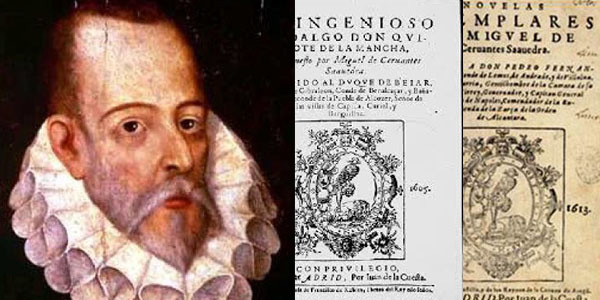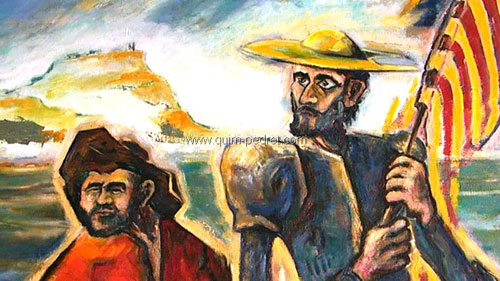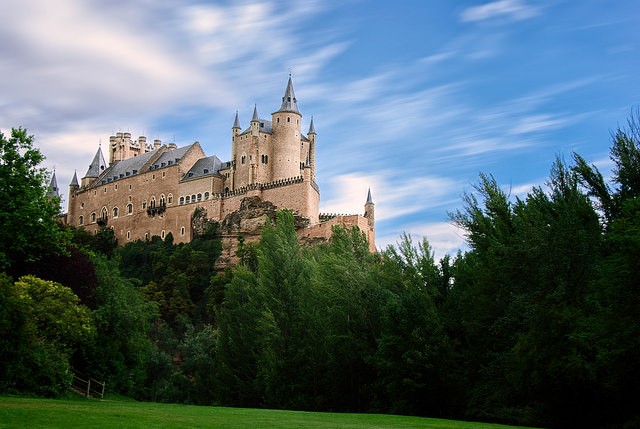Did you know that in Barcelona you can visit the Route of Don Quixote?
Cervantes situates Don Quixote in Barcelona at the end of the second part of the novel, when our character is defeated on the beach by the White Moon Knight, which is actually the bachelor Samson Carrasco in disguise.

If Cervantes was speaking in the mouth of the celebrated hidalgo, now a Knight , what did he see that left him so admired? Let´s take Rocinante the brave horse and accompanied by our dear faithful squire Sancho Panza, start the route of Don Quixote:
Midsummer night is just before dawn. Don Quixote and Sancho Panza arrive in Barcelona thru the west entrance (now known as Pla de Palau) led by the famous outlaw Rocaguinarda Perot also known as “Perot Lo Ladre” (he has street dedicated to him, where it says where was hiding in the city).
“thru unusual paths they reach the beach in the ancient island of Maians, where today we find the Catalonia Museum of History. This is where today the Barceloneta begins and where Don Quixote was defeated, which indicates that Cervantes wrote the end of his great novel of chivalry here. In fact, you can visit the Casa de Cervantes (XVI century building in Passeig de Colom, 2).
In silence, listening to the waves, they await for the arrival of the day, Antonio Moreno, a friend of the bandit, welcomes them in his house, “it was large and welcoming.” We do not know the exact location, but we know that it was near the harbor, probably in the carrer Ample (called so for its 6 meters in width). In the sixteenth century this was one of the most important avenues in Barcelona. Abundant palaces and noble houses were found there. Don Quixote was honored by Antonio Moreno and even by the viceroy of the city where our hero was able to see the traditional luxury of Barcelona.
Follow the adventure and Don Quixote and Sancho Panza, where they participate in a small sea raid against an Arab ship aboard the galley commanded by de Catalunya Squadron in Drassanes. Drassanes is currently in the Maritime Museum of Barcelona, ??its original function was to supply ships to the Crown of Catalonia and Aragon (XIV century).
The knight and his faithful friend travel up the Rambla, on the left they find the Raval, full of religious convents, buildings and gardens in the Jewish quarter.
Cervantes, with great genius, talks about the visit of the knight who goes mad from reading books of chivalry,
And we ended our tour in Carme street (Raval), through which the ingenious knight Don Quixote and his sidekick Sancho Panza travel leaving the city to return to sanity, to return at last to his native La Mancha.
“Troy was here!
 Cinta Blanch
Cinta Blanch
Ride with the brave horse Rocinante accompanied by the faithful squire Sancho Panza and live the adventures of the ingenious gentleman Don Quixote of La Mancha, looking for apartments in Barcelona

 English
English Translated by: Marc
Translated by: Marc

